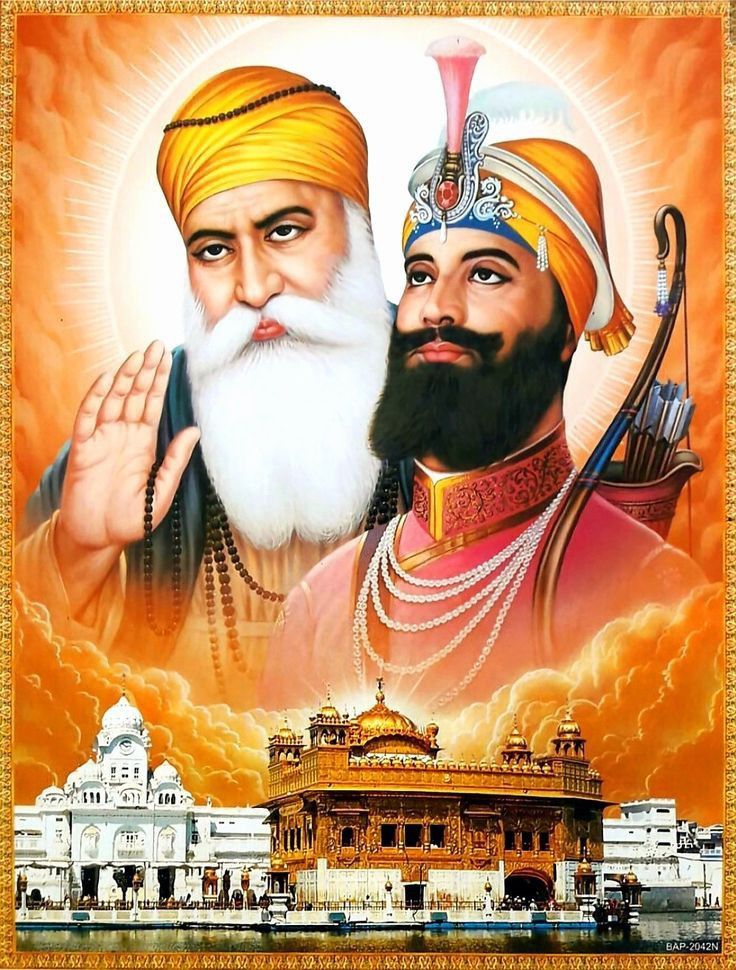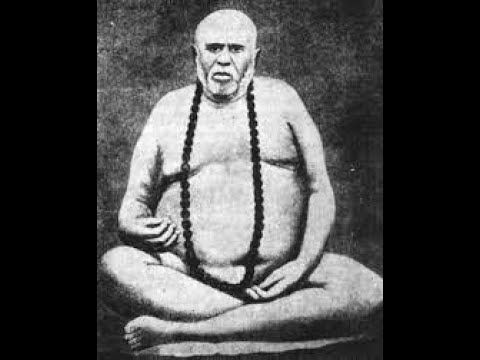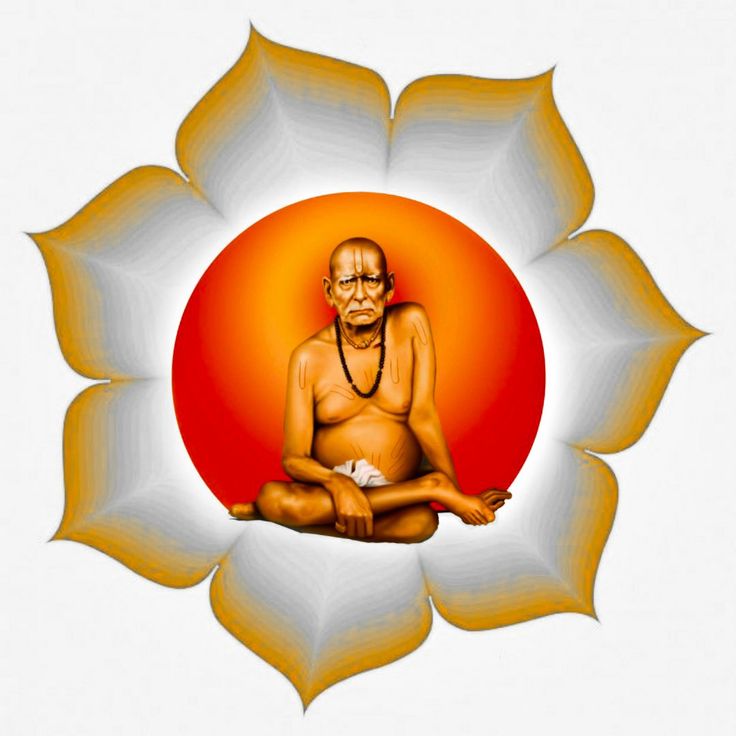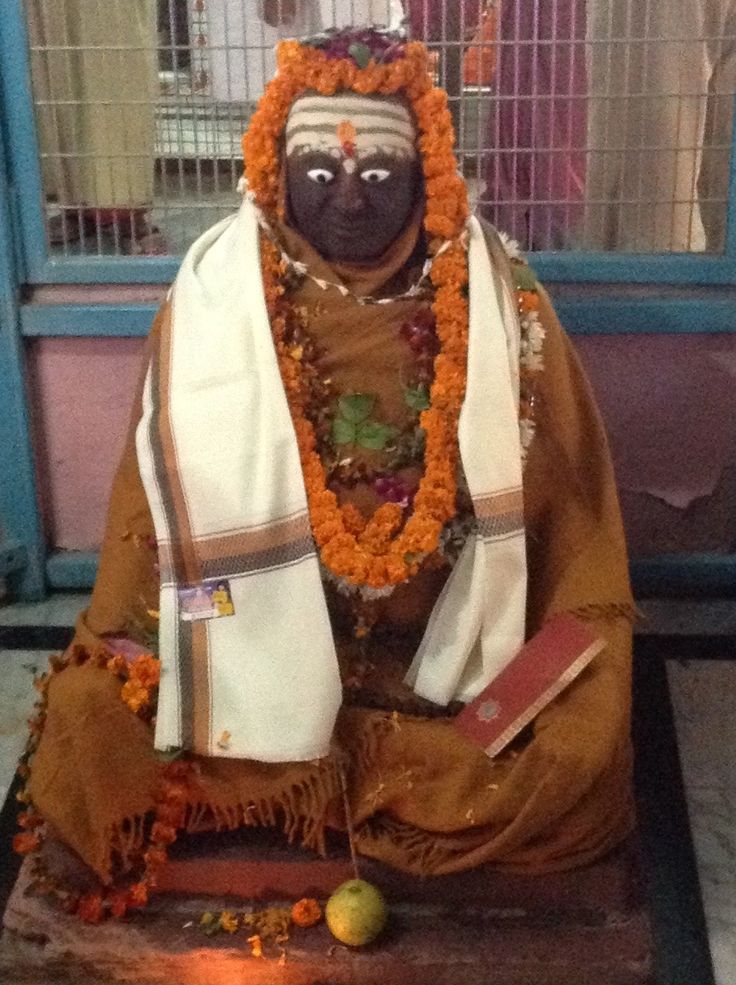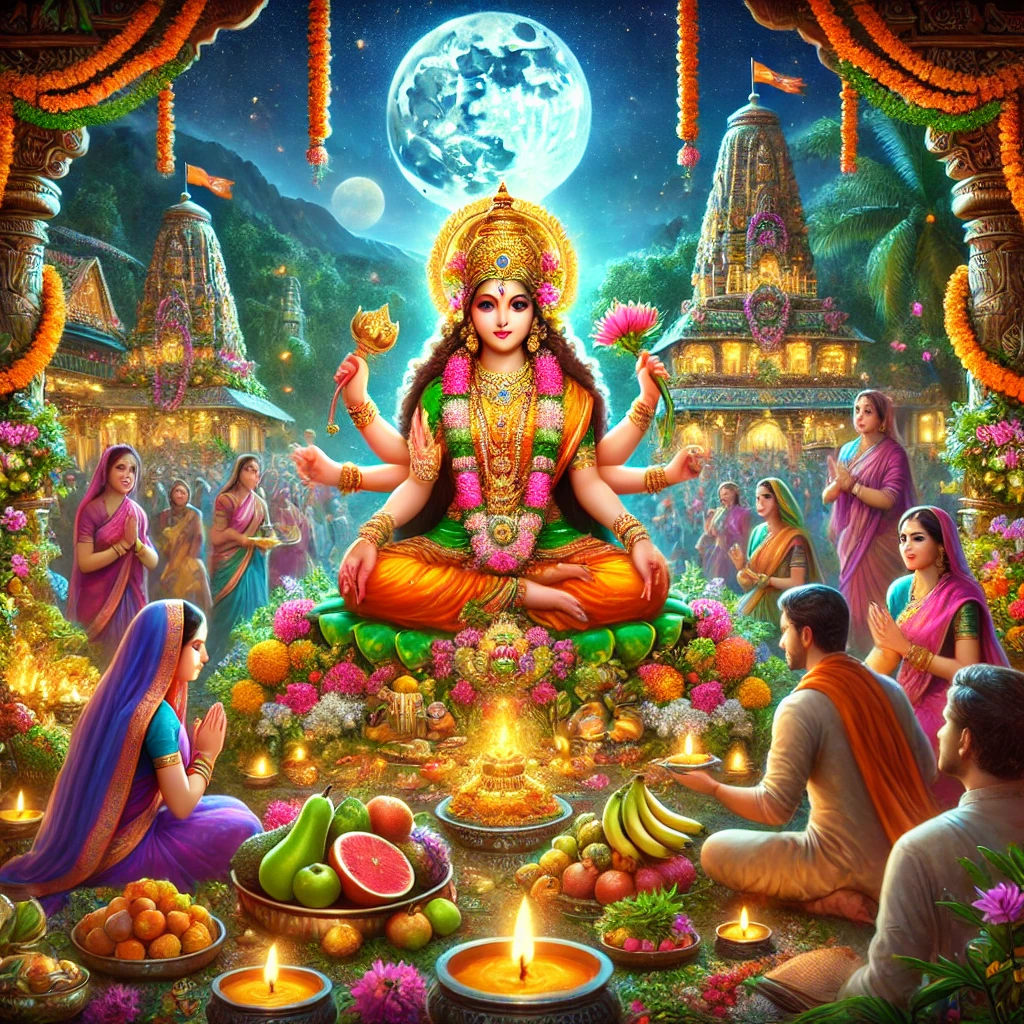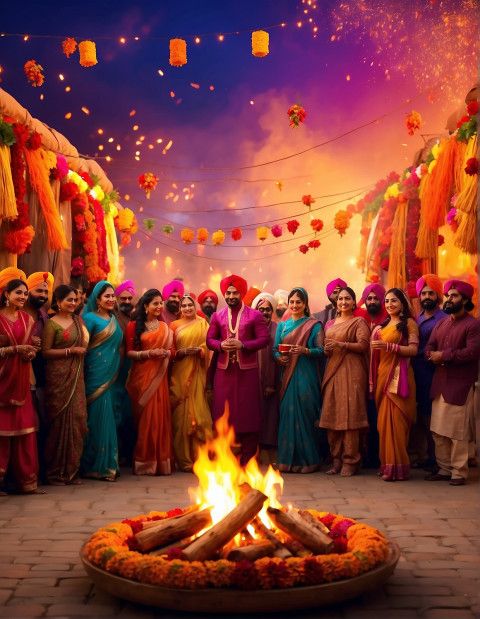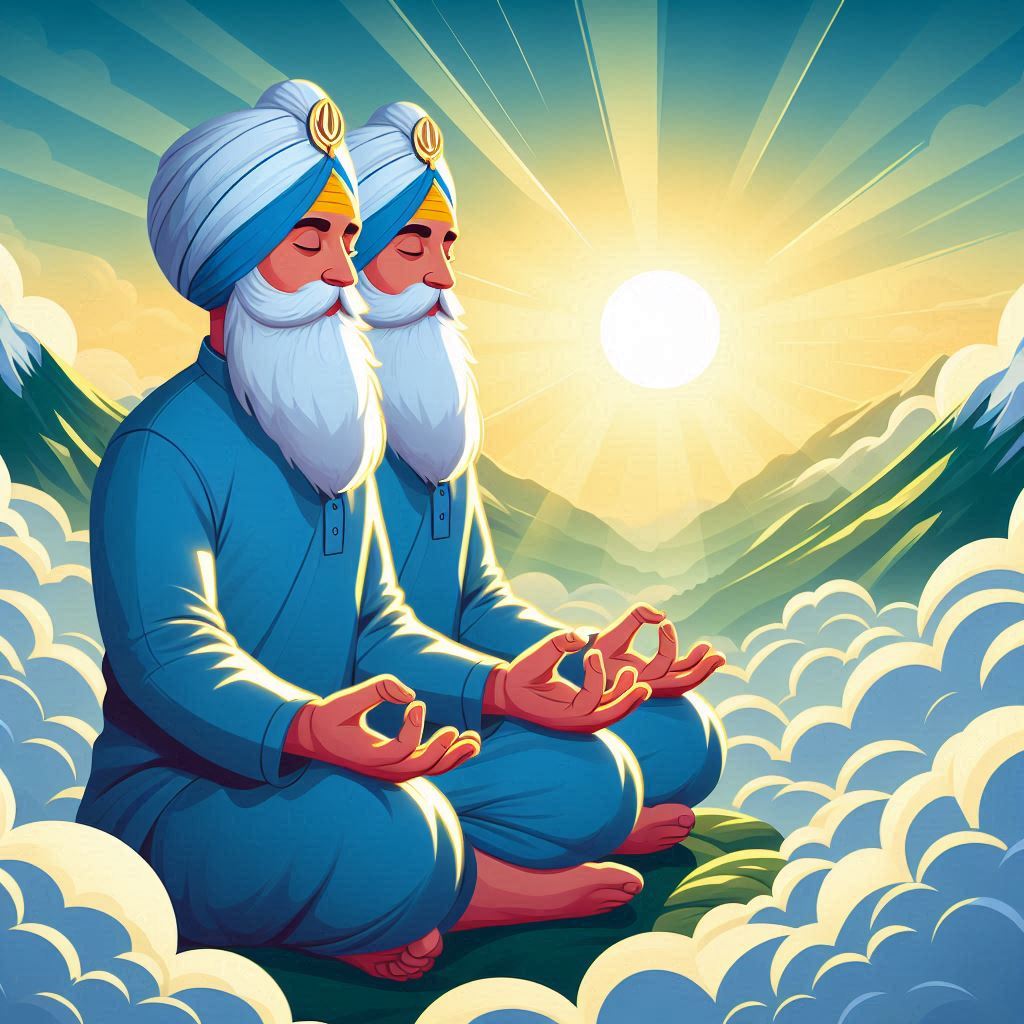Govind Singh: 10th And Last Human Sikh Guru
Introduction
The tenth Sikh Guru, Guru Gobind Singh, is revered as a pivotal and illuminating figure in history. While growing up in Patna, Bihar, he was born Gobind Rai on December 22, 1666, at a period of great social and political turmoil. The extraordinary life of Guru Gobind Singh was marked by a combination of intelligence, courage, and dedication, which he demonstrated from an early age. We can learn more about his life, work, and legacy if we delve into it.
Early Life and Ascension as Guru
Guru Tegh Bahadur and Mata Gujri had only one child, Guru Gobind Singh. Guru Tegh Bahadur was the ninth Sikh Guru. He received spiritual guidance and martial arts instruction throughout his childhood. He was proficient in strategy and martial arts and had mastered Braj, Persian, and Sanskrit by the time he was a young man.
Guru Tegh Bahadur’s martyrdom in 1675 was a tragic outcome of his resistance to the Mughal regime’s policy of forcible Hindu conversion. When Gobind Rai was just nine years old, he was proclaimed the tenth Guru. Inspiring the Sikh community and setting the stage for a new age of power and unity, he displayed remarkable maturity for someone so young.
The Creation of the Khalsa
The 1699 founding of the Khalsa is considered one of Guru Gobind Singh’s crowning achievements. During the Baisakhi festival, he summoned a large gathering to Anandpur Sahib. Seeking out individuals prepared to give their life for the greater good was a daring and dramatic move on his part. A group of five men, dubbed the “Panj Pyare” (Five Beloved Ones), came forward. When they were initiated with “Amrit” (holy nectar), it was the beginning of the Khalsa, a community dedicated to spiritual discipline, equality, and charitable service.
The Khalsa was distinguished by the Five Ks:
- Kesh: Uncut hair symbolizing spirituality and acceptance of God’s will.
- Kangha: A wooden comb representing cleanliness and order.
- Kara: A steel bracelet signifying unity and eternity.
- Kachera: A specific style of undergarment symbolizing modesty and self-control.
- Kirpan: A ceremonial sword representing justice and protection of the oppressed.
As the first Khalsa member, Guru Gobind Singh took the name Singh (Lion) and decreed that all Sikhs, regardless of gender, must take the surnames “Singh” or “Kaur” to symbolize bravery and equality.
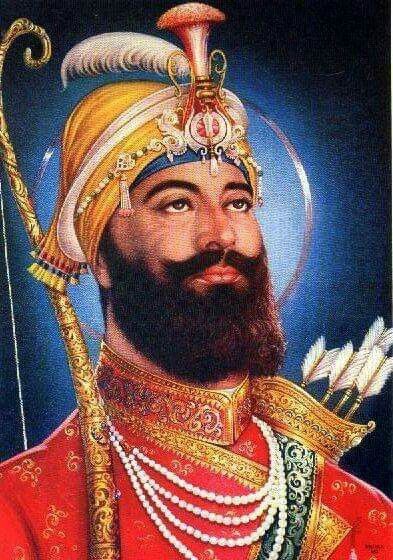
Battles and Leadership
Throughout his life, Guru Gobind Singh fought valiantly against tyrannical powers. He spearheaded the Sikh uprising that fought the Mughal Empire and regional hill chieftains for Sikh independence. Famous conflicts encompass:
- Battle of Bhangani (1688): His first major confrontation, where he displayed extraordinary valor.
- Siege of Anandpur Sahib (1704): A prolonged struggle that tested the resilience and spirit of the Sikhs.
- Battle of Chamkaur (1704): A fierce battle where his two elder sons, Ajit Singh and Jujhar Singh, attained martyrdom.
The death of four sons, among other personal tragedies, did not break Guru Gobind Singh’s unwavering will. Under his guidance, many Sikhs rose up to defend justice and resist oppression.
Contribution to Sikh Scriptures
When it came to Sikh sacred texts, Guru Gobind Singh was a giant-killer. After his death, he had the Guru Granth Sahib completed and elevated to the position of everlasting Guru for the Sikhs. In the Dasam Granth, he also composed poetry, hymns, and lessons that stress virtue, loyalty, and bravery. A masterwork of spiritual resistance and perseverance, the Zafarnama is a beautiful letter he sent to Emperor Aurangzeb.
Social Reforms and Vision
The ideals of compassion, fairness, and equality were vigorously advocated by Guru Gobind Singh. He made sure that everyone in the Khalsa, regardless of their background, was treated as an equal by doing away with caste boundaries. Defending religious freedom was central to his teachings, which emphasized self-sufficiency, communal service, and equality for all people, not only Sikhs.
Final Years and Legacy
In Nanded, Maharashtra, Guru Gobind Singh spent his last years carrying out his mandate to strengthen and unite the Sikh community. He died in 1708 after enduring an assassination attempt; his legacy is one of unmatched bravery and enlightenment.
The Sikh faith reached a turning point when he said that the Guru Granth Sahib will remain the Sikhs’ spiritual guidance indefinitely. Millions of people around the world are still motivated by the Guru’s teachings about the importance of principles, words, and deeds.
Conclusion
In addition to his role as a spiritual leader, Guru Gobind Singh was also a warrior, poet, reformer, and visionary. He was responsible for reshaping Sikhism into a faith that is characterized by resiliency and upholding righteousness. His life is a symbol of the triumph of the human spirit over oppression, and it serves as a memorial to this triumph. His legacy continues to live on, serving as a constant reminder of the everlasting principles of bravery, equality, and service to humanity. One of the most renowned figures in history, Guru Gobind Singh is adored not only by Sikhs but also by people all around the world. He left an everlasting mark on history via the teachings and sacrifices he made.
#GovindSingh #Govind #Singh
